Destination Mars
One of the main challenges of colonizing Mars is the harsh environment.
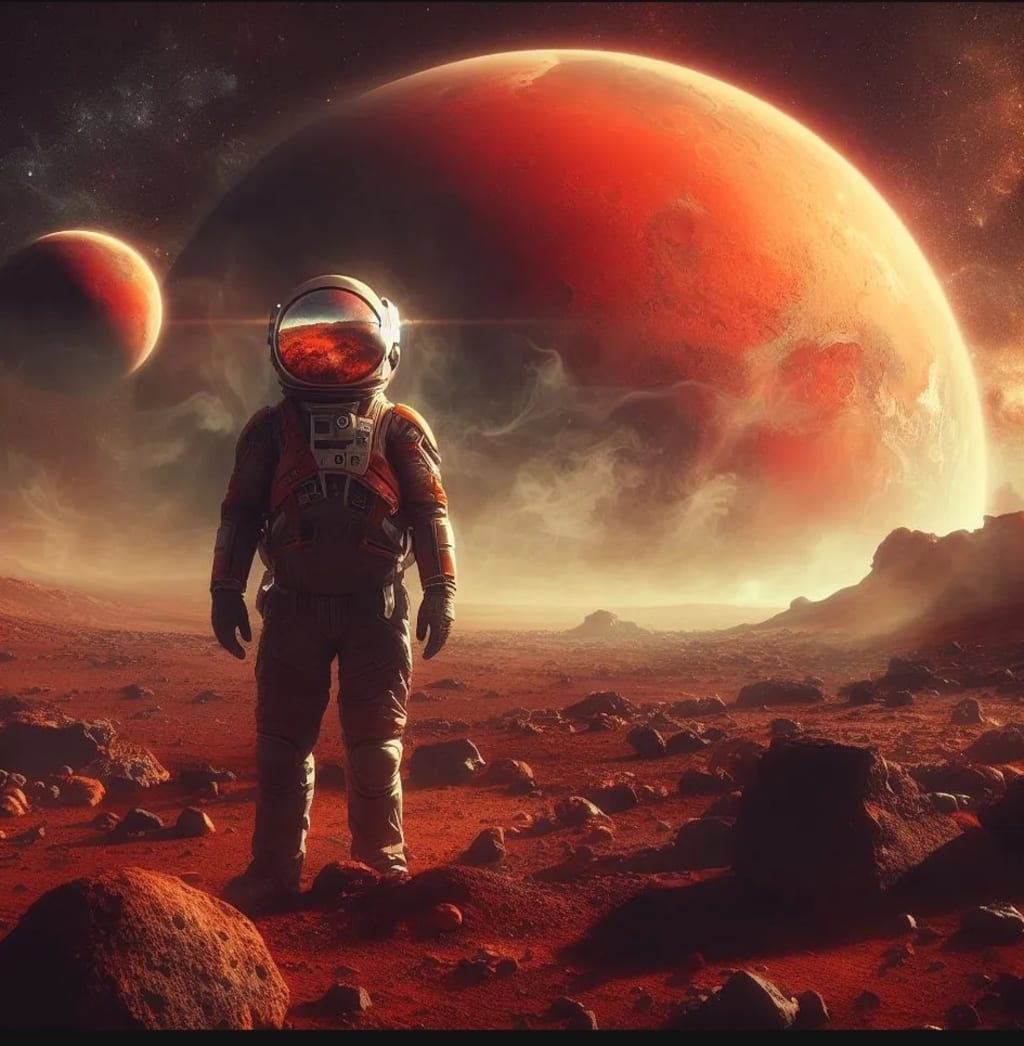
The fourth planet from the sun
Mars, the fourth planet from the sun, has long fascinated humanity with its red color, rocky terrain, and mysterious history. For centuries, people have wondered if there is life on Mars and if humans could ever live there. Thanks to technological advances and exploration, we may be closer than ever to finding the answers. In the ninth season of the popular TV series Ancient Aliens, the episode “Destination Mars” explores the possibility that humans could colonize Mars and the evidence that ancient aliens may have already done so. The episode features interviews with experts, scientists, and researchers who share their insights and theories on how Mars could become a new home for humanity.
One of the main challenges of colonizing Mars is the harsh environment. The planet has a thin atmosphere, frigid temperatures, lengthy travel time from Earth, and harmful radiation. To overcome these obstacles, humans must develop advanced technologies and strategies, such as refueling in orbit, building habitats and greenhouses, and terraforming the planet. What if others attempted this feat? According to some ancient astronaut theorists, evidence suggests that extraterrestrial beings may have visited or inhabited Mars in the distant past. They point to various anomalies and structures on the Martian surface that resemble artificial constructions, such as pyramids, faces, and canals. They also speculate that some meteorites that have landed on Earth may contain traces of Martian life or technology.
Whether these claims are valid or not, there is no doubt that Mars holds many secrets and mysteries that await discovery. As more missions and explorations are planned and launched, we may soon learn more about our neighboring planet and its potential for hosting life. One day, we may see ballet dancers on Mars, as futurist Michio Kaku envisioned. Mars is not just a destination but a destiny. It is where the journey begins for humanity’s future in space.
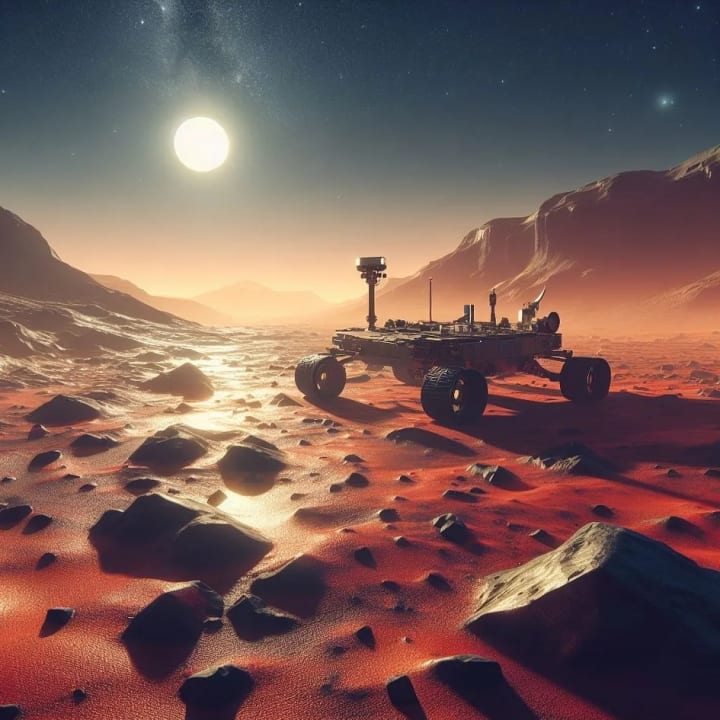
The Evidence and the Theories
While NASA’s rovers have been searching for signs of ancient life on Mars, some researchers have been looking for clues of a different kind of visitor: ancient aliens. These are the proponents of the ancient astronaut theory, which suggests that extraterrestrial beings have influenced human history and culture by visiting Earth and other planets in the past. According to some ancient astronaut theorists, evidence suggests that aliens may have visited or inhabited Mars in the distant past. They point to various anomalies and structures on the Martian surface that resemble artificial constructions, such as pyramids, faces, and canals.
One of the most famous examples is the so-called “Face on Mars,” a hill in the Cydonia region that appears to have eyes, a nose, and a mouth when viewed from certain angles. Some claim that this is a monument built by an ancient civilization, while others argue that it is a natural formation caused by erosion. Another example is the “Pyramids of Mars,” a group of triangular hills in the same region aligned with the cardinal directions. Some suggest these artificial structures serve as tombs or temples for an alien culture. In contrast, others contend they are natural features formed by volcanic or tectonic activity.
A third example is the “Martian Canals,” a network of linear features once considered evidence of water flowing on Mars. Some propose that these are remnants of an irrigation system used by an advanced civilization to cultivate crops. In contrast, others explain that they are optical illusions created by dust and shadows.
These examples have sparked debate and controversy among scientists and enthusiasts alike. While some see them as compelling evidence of ancient aliens on Mars, others dismiss them as pareidolia, the tendency to perceive meaningful patterns in random stimuli.
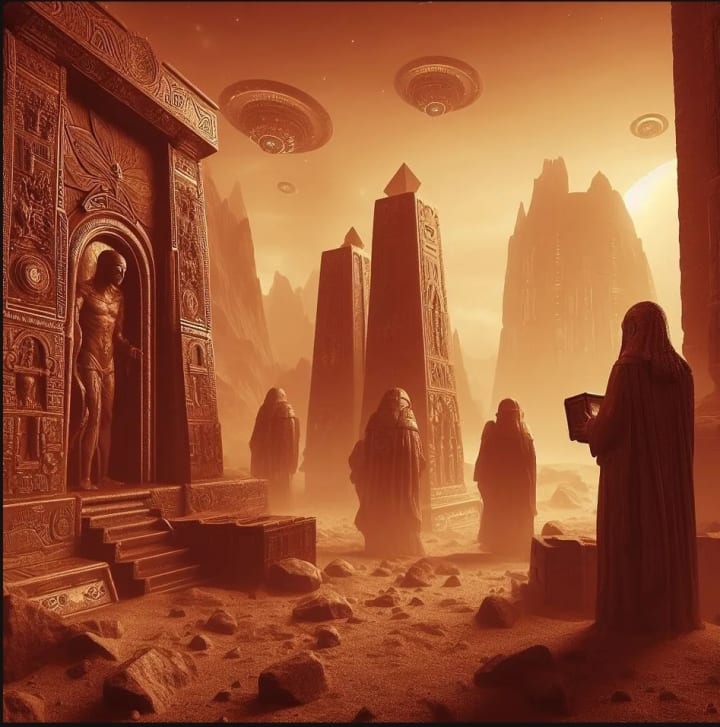
The ancient astronaut theory also speculates that some meteorites that have landed on Earth may contain traces of Martian life or technology. One such meteorite is ALH84001, found in Antarctica in 1984 and later determined to be from Mars. In 1996, NASA announced that this meteorite had microscopic structures that resembled fossilized bacteria, suggesting that life once existed on Mars. However, this claim was met with skepticism and criticism from other experts, who argued that the structures were not biological but mineralogical.
Another such meteorite is NWA 7034, found in Morocco in 2011 and confirmed to be from Mars. This meteorite had a different composition than other Martian meteorites, indicating that it came from a different planet region. It also contained more water and organic matter than any other Martian meteorite, raising questions about its origin and history. Some have suggested that this meteorite could be a piece of alien technology or debris from an ancient spacecraft, while others have dismissed this idea as unfounded and speculative.
Whether these claims are true or not, Mars holds many secrets and mysteries that await discovery. As more missions and explorations are planned and launched, we may soon learn more about our neighboring planet and its potential for hosting life. One day, we may even find out if we are alone in the universe or have had cosmic company all along.
Conclusion: The Possibility of Ancient Aliens on Mars
The idea that ancient aliens may have visited or inhabited Mars in the distant past is not new. Still, it has gained more attention and popularity in recent years, thanks to the TV series Ancient Aliens and the discoveries made by NASA’s rovers. While some see this idea as a fascinating and plausible hypothesis, others see it as a fanciful and unscientific speculation.
The evidence and theories presented by the ancient astronaut proponents are intriguing and compelling, but they are also controversial and disputed. They rely on interpreting various anomalies and structures on the Martian surface as artificial constructions rather than natural formations. These interpretations and findings are not conclusive or definitive. They are subject to alternative explanations and criticisms from other experts and scientists with different perspectives and methods.
They are also subject to further investigation and verification by more missions and explorations, which may reveal new information and evidence.
Therefore, the possibility of ancient aliens on Mars remains an open question that may never be fully answered or resolved. It challenges our imagination, curiosity, logic, and reason. It reflects our desire to know more about our neighboring planet and its history and more about ourselves and our place in the universe.
About the Creator
Cosmic Secrets
I specialize in writing and researching about history and ufology If you enjoy my work and would like to support me, you can visit my Patreon page. You will gain access to exclusive, content that I create.


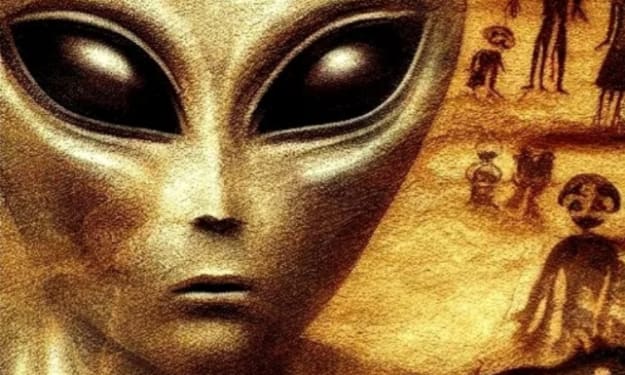

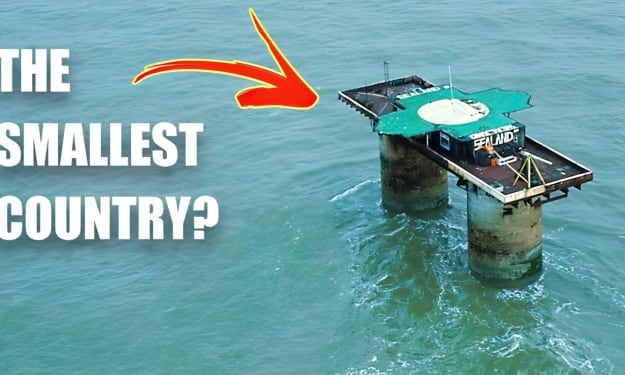

Comments
There are no comments for this story
Be the first to respond and start the conversation.